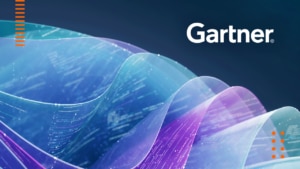In today’s highly commoditized market, organizations often address problems with technology but fail to create the conditions in which tools can be effective. When these solutions don’t fix the issue, IT leaders are stumped. The truth is, we frequently underestimate the significance of the workflows and teams these tools are designed to assist.
Tech Evangelist Sascha Giese takes on the topic of on-prem repatriation for TECHx.
The Big 3 Hyperscalers are Amazon Web Services (AWS), Microsoft Azure, and Google Cloud Platform (GCP). As cloud computing has grown in popularity, they have each in turn discovered that the average potential customer really isn’t prepared for the massive mind shift needed to achieve a level of mastery comparable to their self-hosted computing environments.
Operational resilience is more than uptime. It’s the ability to respond, recover, and adapt to the daily pressures of complex systems, growing demands, and shifting priorities. For many IT teams, resilience isn’t out of reach, but it is harder to achieve than it should be.
Cherwell’s legacy as a powerhouse of customizable workflows and automation now hands the baton to a new era of innovation and integration in IT service management.
Downtime doesn’t wait for a convenient moment. Performance issues don’t care about your SLAs. And your IT team? They’re already stretched thin trying to keep systems stable while pushing transformation forward. It’s time to focus on operational resilience.
The need to proactively detect, diagnose, and resolve issues across distributed systems has made observability a must-have for today’s IT departments. But what is the right observability solution for your environment?
Travis Galloway, Director of Government Affairs at SolarWinds, takes on the topic of bringing the most trusted federal cybersecurity practices to a new administration.
Dealing with glitches, disruptions, and malfunctions is an inherent part of managing technology and incident response. In today’s increasingly complex infrastructures, operational success depends on how quickly IT personnel can resolve issues when they arise.









